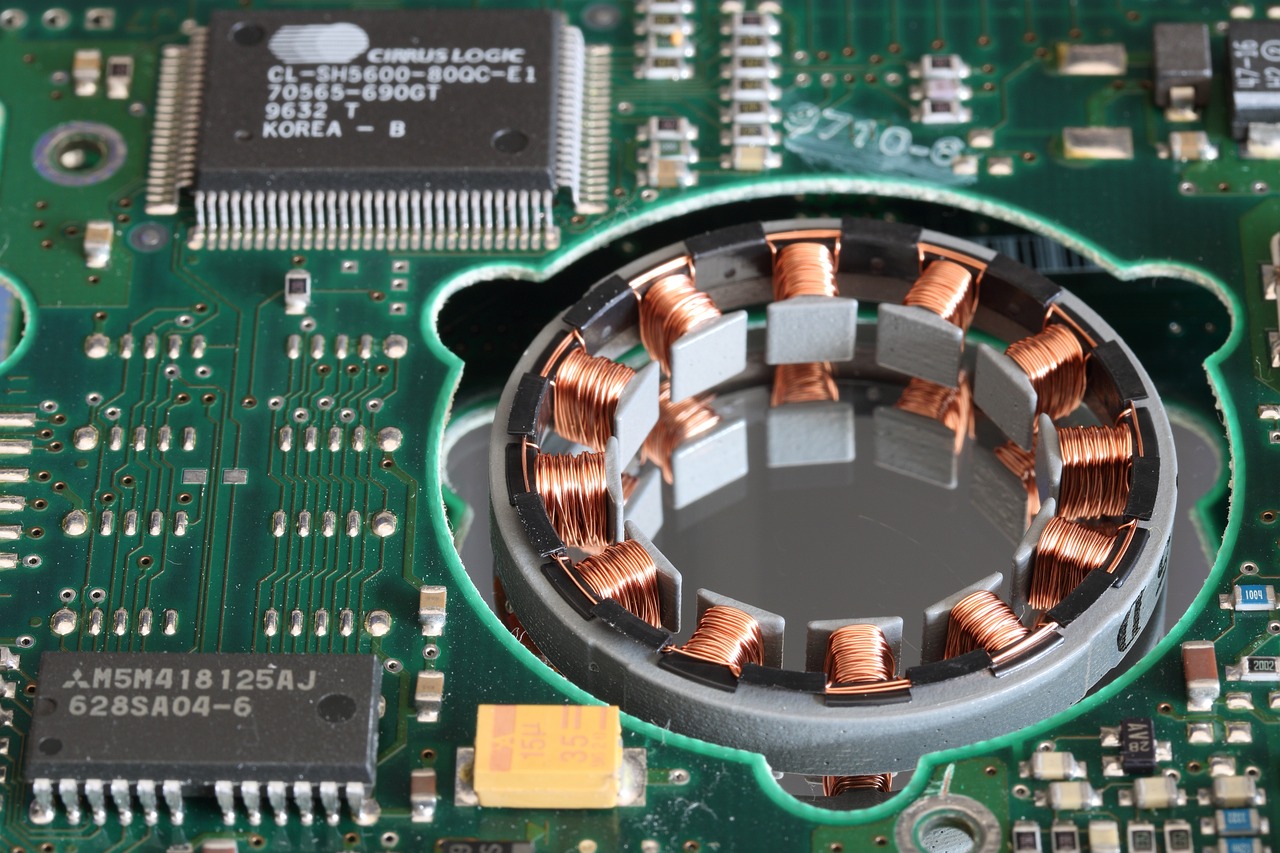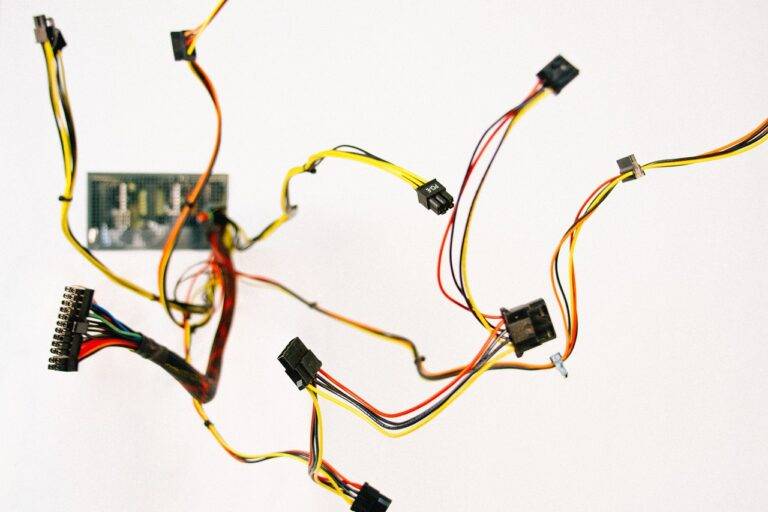The Evolution of Biometric Payments
Biometric payments have come a long way since their inception, revolutionizing the way we conduct transactions and enhancing the security of financial transactions. This article delves into the evolution of biometric payments and their impact on the payment industry.
In the early days of biometric payments, fingerprint scanning was the primary biometric modality used for authentication. However, advancements in technology have led to the adoption of various biometric modalities, including facial recognition, iris scanning, voice recognition, and even vein pattern recognition.
The Rise of Biometric Authentication
Biometric authentication has gained popularity due to its convenience and enhanced security compared to traditional authentication methods such as passwords and PINs. By using unique physiological or behavioral characteristics, biometric authentication provides a more reliable means of verifying an individual’s identity.
One of the key drivers of the evolution of biometric payments is the increasing demand for frictionless and secure payment experiences. Biometric authentication allows users to authenticate transactions seamlessly, eliminating the need to remember passwords or carry physical cards.
Biometric Payment Technologies
Several technologies have emerged to facilitate biometric payments, including:
- Fingerprint Scanning: Fingerprint scanners are one of the most common biometric technologies used for payments, with many smartphones and payment terminals equipped with fingerprint sensors.
- Facial Recognition: Facial recognition technology analyzes facial features to authenticate users, offering a convenient and contactless payment experience.
- Iris Scanning: Iris scanning technology captures the unique patterns in a person’s iris to verify their identity, offering a high level of accuracy and security.
- Voice Recognition: Voice recognition technology uses the unique characteristics of an individual’s voice to authenticate transactions, providing a hands-free authentication method.
Enhancing Security and Convenience
Biometric payments offer several benefits, including:
- Improved Security: Biometric authentication provides a higher level of security compared to traditional authentication methods, reducing the risk of fraud and identity theft.
- Convenience: Biometric authentication offers a convenient and seamless payment experience, eliminating the need to carry physical cards or remember complex passwords.
- Reduced Friction: By streamlining the authentication process, biometric payments reduce friction at the point of sale, leading to faster and more efficient transactions.
Future Outlook
The future of biometric payments looks promising, with ongoing advancements in technology driving innovation in the payment industry. As biometric authentication becomes more widespread, we can expect to see increased adoption of biometric payment solutions across various sectors, including retail, banking, and e-commerce.
FAQs
Q: Are biometric payments secure?
A: Yes, biometric payments offer enhanced security compared to traditional authentication methods, as biometric characteristics are unique to each individual and difficult to replicate.
Q: What types of biometric modalities are commonly used for payments?
A: Common biometric modalities used for payments include fingerprint scanning, facial recognition, iris scanning, and voice recognition.
Q: How do biometric payments improve the payment experience?
A: Biometric payments enhance the payment experience by offering a convenient, secure, and frictionless authentication process, eliminating the need for physical cards or passwords.





